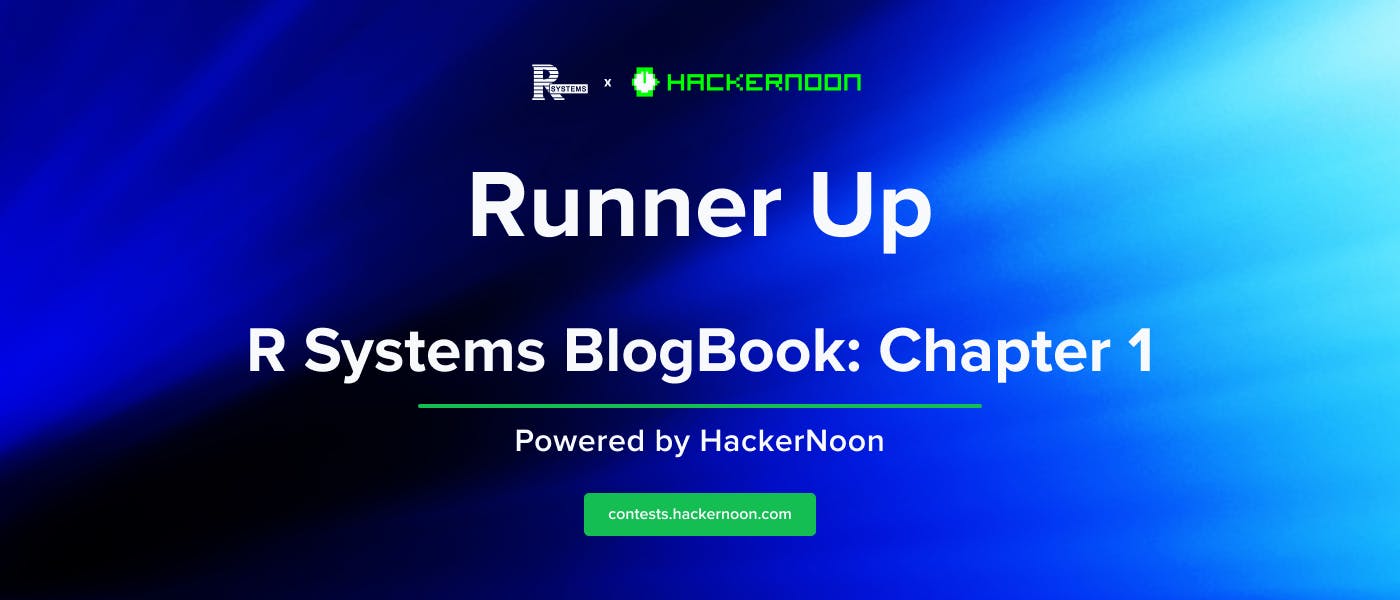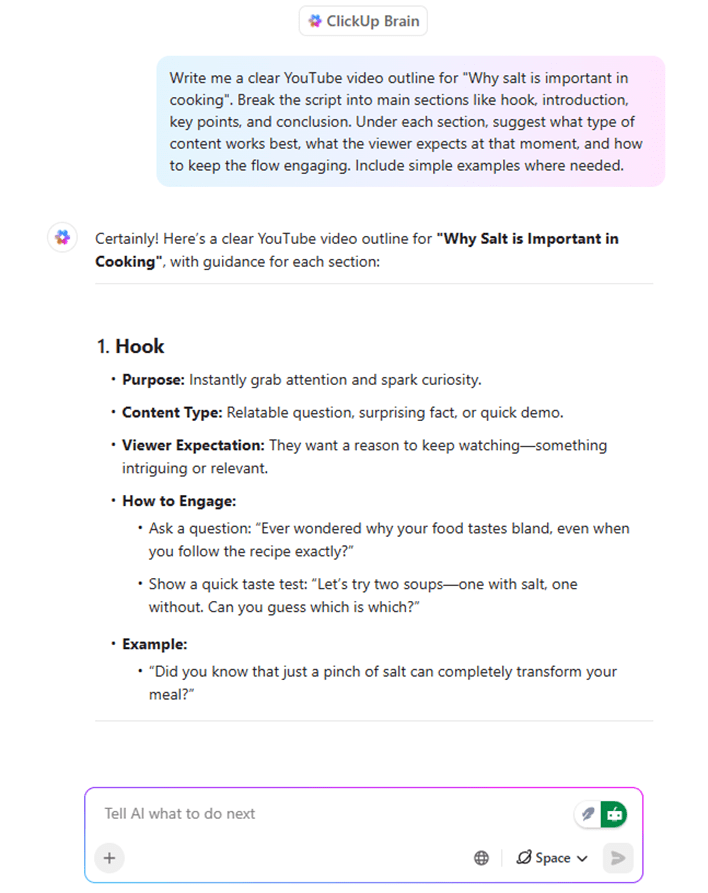As businesses race toward digital transformation, cloud-native architectures have become the backbone of innovation, agility, and scalability. However, this shift has introduced new complexities in securing data, applications, and infrastructure. Traditional perimeter-based security models—rooted in the outdated notion of “trust but verify”—are no longer effective in today’s decentralized and dynamic IT environments, where applications run across cloud platforms and users access resources from virtually anywhere.
This is where Zero Trust Security steps in – a modern cybersecurity paradigm designed for the cloud-native world. Built on the principle of “never trust, always verify,” Zero Trust fundamentally redefines how organizations approach security. Rather than assuming anything inside the network is safe, it requires continuous verification of every user, device, and application, regardless of their location.
In this blog, we dive into the core principles of Zero Trust, explain why it is essential in cloud-native ecosystems, explore key implementation strategies, and highlight the challenges and benefits involved.
Understanding Zero Trust in Cloud-Native Environments
Zero Trust Security is not a product but a framework that reimagines security in a world where the network perimeter has dissolved. It assumes that threats can originate from anywhere—inside or outside the network—and that no user or device should be trusted by default.
Unlike traditional models that assume internal users are inherently trustworthy, Zero Trust eliminates implicit trust and shifts toward identity-centric, context-aware, and policy-driven access control.
In cloud-native environments, where microservices, containers, and APIs communicate dynamically, Zero Trust is essential. It ensures that access is tightly controlled, visibility is enhanced, and threats are contained at every level—from endpoint to workload. Zero trust ensures security is built into the architecture, not just added around it. It provides a robust framework to secure distributed systems effectively.
Core Principles of Zero Trust
Strong Identity and Access Management (IAM)
Strong identity verification for every user and device is the foundation of Zero Trust.
This includes:
- Multi-Factor Authentication (MFA): Ensures that users provide multiple forms of verification before gaining access.
- Role-Based Access Control (RBAC): Assigns permissions based on user roles, minimizing unnecessary access.
- Just-in-Time (JIT) access provisioning: Grants temporary access to resources, reducing the risk of persistent threats.
Micro-Segmentation
Dividing the network into smaller, isolated segments limits lateral movement within the environment. This containment strategy ensures that even if a breach occurs, its impact remains confined.
Least Privilege Access
Zero Trust mandates that users, applications, and services only have access to what is strictly necessary—minimizing exposure in case of breach.
Continuous Monitoring and Analytics
Security is not a one-time check. Zero Trust employs continuous monitoring using AI-driven behavior analytics to detect anomalies in real time.
Encryption and Secure Communication
End-to-end encryption of data in transit and at rest ensures that sensitive information is always protected, even across public cloud environments.
How to Implement Zero Trust in Cloud-Native Environments
1. Define Your Protect Surface: Identify critical assets like sensitive data, applications, and services.
2. Map Transaction Flows: Understand data flow between systems, users, and apps.
3. Implement Strong Identity and Access Management (IAM): Use Single Sign-on (SSO), Multi-Factor Authentication (MFA), and Role-Based Access Controls (RBAC) to tightly manage identities.
4. Apply Policy Enforcement: Use context-aware policies using identity, location, device posture, and behavior as parameters for granting and denying access.
5. Enable Continuous Monitoring and Response: Use AI/ML-driven monitoring tools to detect suspicious activity in real-time.
6. Adopt Secure DevOps (DevSecOps): Integrate security into CI/CD pipelines to ensure code, containers and deployment are scanned and verified before going live.
Challenges of Implementing Zero Trust Security
- Complexity Across Legacy Systems: Enterprises running hybrid environments often struggle to integrate Zero Trust across legacy systems that weren’t built with modern security principles.
- Operational Overhead: Redesigning network architecture, implementing continuous validation, and enforcing policy can be resource-intensive without expert guidance.
- User Experience: Poorly implemented Zero Trust controls can result in user friction and productivity bottlenecks
- Cultural Resistance
- Zero Trust requires alignment across departments—security teams, developers, and business units must embrace shared responsibility and shift their mindset.
Despite these hurdles, the long-term security, compliance and resilience benefits far outweigh the upfront effort.
Benefits of Zero Trust in Cloud-Native Architectures
- Enhanced Security Posture: Reduces the risk of data breaches and insider threats.
- Improved Compliance: Helps meet stringent data privacy and protection regulations.
- Faster Incident Response: Continuous monitoring allows for real-time detection and mitigation.
- Scalability: Supports dynamic, on-demand provisioning of users, devices and services.
- Future-Proofing: Adapts easily to emerging technologies and threat landscapes.
Why Zero Trust Matters Now
– 94% of organizations experienced a cloud security breach in the last year (Source: IDC).
– Zero Trust reduces breach impact by 50% on average, according to IBM’s Cost of a Data Breach report.
– Enterprises that adopted Zero Trust models saw up to 40% improvement in regulatory compliance and 35% faster threat detection.
By embedding Zero Trust into your cloud-native architecture, you’re not just improving security—you’re enhancing agility, reliability, and business continuity.
Conclusion
The shift to cloud-native environments has redefined how we think about security. In this landscape, Zero Trust is not a choice—it’s a necessity. It enforces granular access control, real-time validation, and micro-level containment—making your cloud environments inherently more resilient.
Organizations must understand that Zero Trust is a journey, not a destination. It involves a mindset shift, investment in the right tools, and strategic alignment across IT and security teams. By taking a phased and thoughtful approach, enterprises can build resilient cloud-native systems that are prepared for today’s and tomorrow’s cybersecurity challenges.











